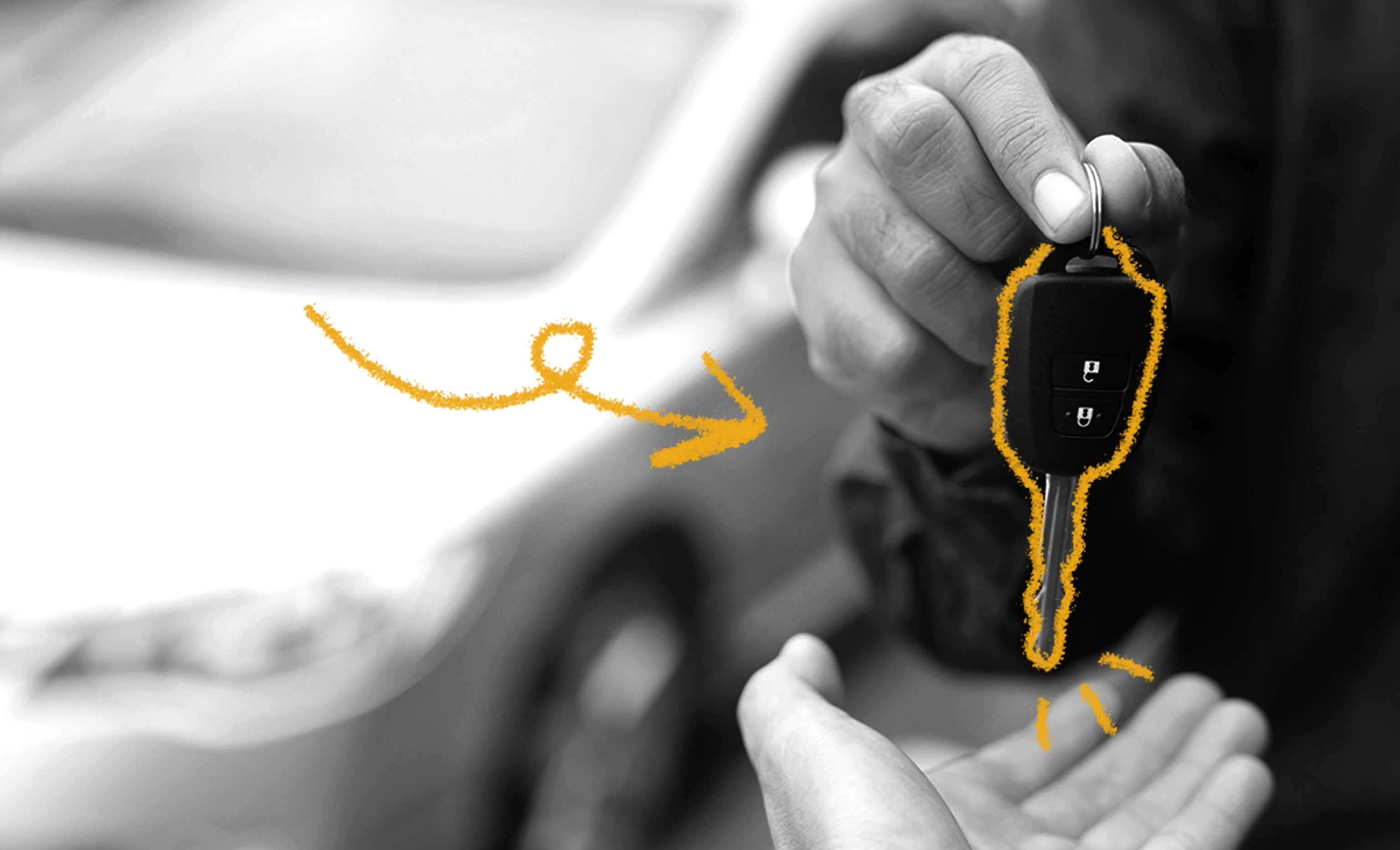The earliest car keys can be traced back to 1910. However, these early car keys weren’t used to start the engine or ignition. Instead, they controlled the ignition’s electrical circuit. Using the key, owners could switch off the flow of electrical current, making it impossible to start the car. (Once it was switched on, the ignition could be activated, but drivers still had to crank up the engine on these early automobiles.) Shortly after, keys that could lock or unlock both the electrical current and the ignition were created, but because the engine still couldn’t be started without a key, locking cars wasn’t much of a concern. In 1949, Chrysler debuted the first car key that could start a vehicle’s engine all on its own using an ignition tumbler, sometimes called an ignition lock cylinder. Later, car owners would often have to keep track of two keys — one to start the car and one to unlock the doors. In the 1960s, dual-purpose keys that could start and unlock a car were introduced and quickly became popular and eliminated the need to carry two separate car keys around. In 1965, Ford introduced double-sided keys that could be inserted into the tumbler either way, a seemingly minor but very consumer-friendly update. In the 1990s, the key fob was introduced, allowing car owners to press a button to unlock their cars remotely for the first time. (The technology works by emitting a coded signal through radio waves to a receiver in the car.) Over time, additional functions were added to key fobs, such as the ability to open a trunk or start the engine remotely. Today, many cars have some version of a keyless entry and a push-button start system, and some vehicles have even done away with keys altogether and are instead unlocked and started through the owner’s smartphone.

Your go-to guide for weird history facts
Subscribe to the FREE daily email that makes learning about history fun.


